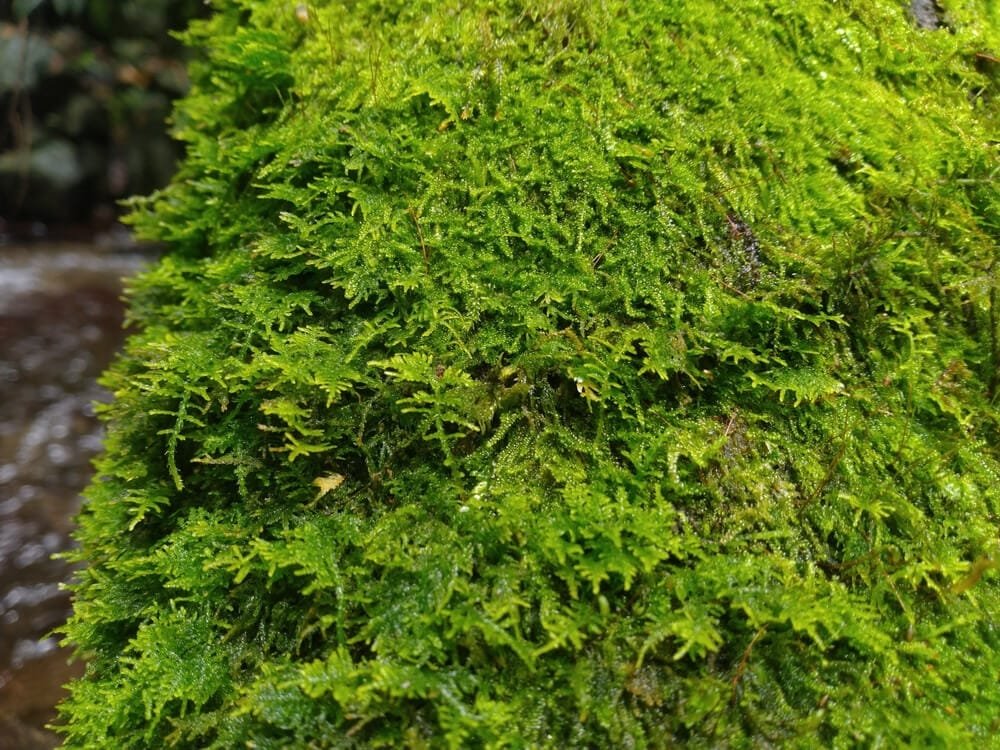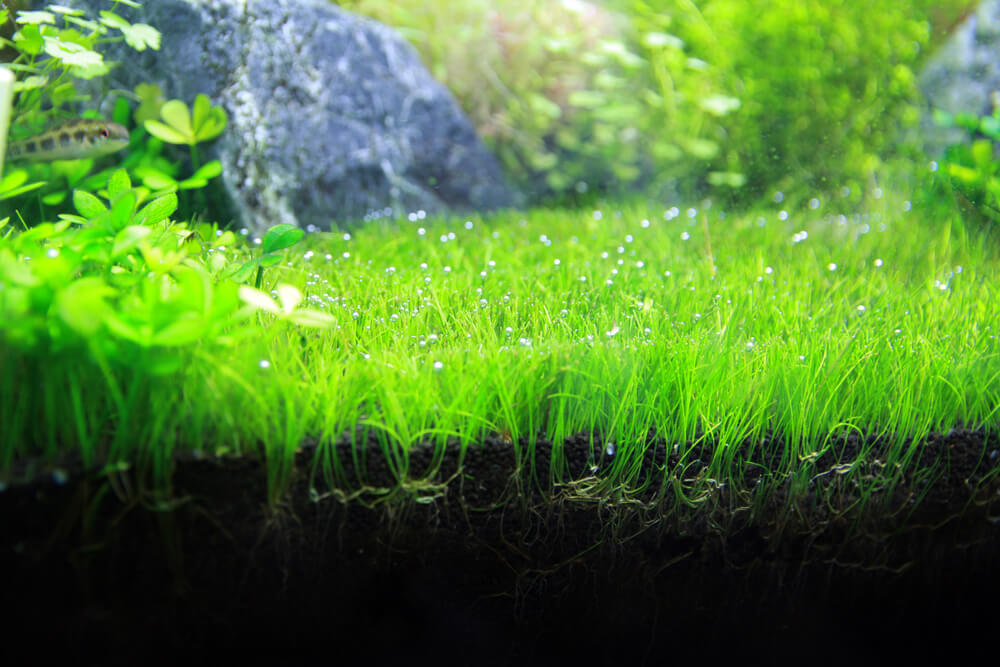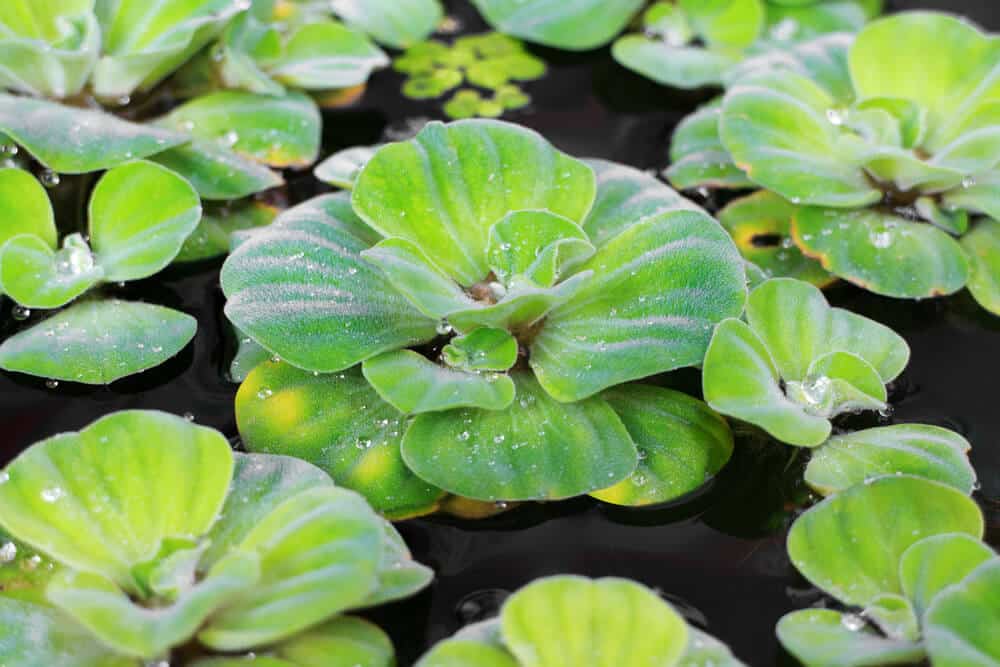Exploring Vallisneria Americana: The Vital Role of Eel Grass in Aquatic Habitats
Imagine a world beneath the waters, filled with vibrant green blades gently swaying in the currents. This is the enchanting realm of Vallisneria americana, commonly known as Eel Grass. With its long, slender leaves and intricate root systems, Eel Grass is a mesmerizing aquatic plant that provides numerous benefits to its environment. Join us as we explore the fascinating characteristics and ecological significance of this remarkable underwater wonder.
Vallisneria Americana (Eel Grass)
Description
Vallisneria Americana, commonly known as Eel Grass, is a submerged aquatic plant that belongs to the family Hydrocharitaceae. It is native to North America and can be found in freshwater habitats such as lakes, ponds, and slow-moving rivers. Eel Grass has long, ribbon-like leaves that are often green in color, with a prominent midrib that runs the length of the leaf. The leaves are attached to a rhizome, which anchors the plant to the substrate. Eel Grass also produces small, inconspicuous flowers that are typically white or green in color.
Habitat
Eel Grass is primarily found in shallow waters where sunlight can penetrate to the bottom. It thrives in regions with a moderate water flow and can tolerate a wide range of temperatures and water conditions. Eel Grass prefers sandy or muddy substrates, which provide stability for its rhizomes. It can be found in both natural and man-made water bodies, including natural lakes, reservoirs, and canals. Eel Grass plays a vital role in maintaining the health and stability of aquatic ecosystems.
Physical Characteristics
The most distinctive physical characteristic of Eel Grass is its long, slender leaves. These leaves can reach lengths of up to 2 meters, providing ample surface area for photosynthesis. The leaves have a ribbon-like shape, with a width of about 1-2 centimeters. The leaf blade is translucent, allowing light to pass through and reach the chloroplasts within the cells. The midrib of the leaf is thicker and more pronounced, providing support and strength to the leaf. Eel Grass reproduces through underwater pollination and produces small, non-showy flowers that are adapted for aquatic environments.
Reproduction
Eel Grass has a unique and fascinating method of reproduction. It is a dioecious plant, meaning that individual plants are either male or female. Male flowers produce pollen, while female flowers have ovules that can be fertilized. The flowers of Eel Grass are submerged and rely on water currents to facilitate pollination. Male flowers release pollen into the water, which is then carried by currents to female flowers. Fertilized flowers produce seeds, which are dispersed by water currents or animals. Eel Grass can also reproduce asexually through the production of rhizomes, which can generate new plants when they detach and settle in suitable conditions.
Ecological Importance
Eel Grass plays a crucial role in aquatic ecosystems. It provides important habitat and food sources for a wide range of organisms. The long, dense leaves of Eel Grass create a complex underwater environment that offers shelter, protection, and food for many aquatic animals, including fish, invertebrates, and waterfowl. The leaves also help to stabilize the substrate, preventing erosion and preserving water clarity. Eel Grass is known to enhance water quality by absorbing excess nutrients and reducing algal blooms. It is also an indicator species for the overall health of aquatic environments.
Cultural Significance
Eel Grass has significant cultural and historical importance in many indigenous communities and coastal regions. For centuries, it has been used in traditional crafts such as basket weaving and mat making. The flexibility and durability of Eel Grass make it an ideal material for creating intricate designs and functional items. In some cultures, Eel Grass is also used for medicinal purposes, with traditional remedies involving its application on wounds or as a poultice for various ailments. Additionally, Eel Grass holds spiritual and symbolic meanings for certain communities, representing resilience, strength, and the interconnectedness of life.
Threats and Conservation
Despite its ecological and cultural significance, Eel Grass faces various threats that jeopardize its survival. Human activities such as dredging, pollution, and habitat destruction pose significant challenges to Eel Grass populations. Coastal development and the construction of marinas and docks can disrupt habitats and block sunlight, impeding the growth of Eel Grass. Pollution from agricultural runoff and industrial waste can lead to eutrophication, which can negatively impact Eel Grass and other aquatic organisms. Climate change is another threat, as rising sea levels and changes in water temperature and chemistry can affect the distribution and health of Eel Grass.
Conservation efforts are underway to protect and restore Eel Grass populations. These initiatives focus on reducing pollution, restoring habitat, and educating the public about the importance of Eel Grass ecosystems. Restoration projects involve replanting Eel Grass in areas where it has been lost, using seedlings or transplants. Community-led initiatives, government regulations, and collaborations between scientists, conservation organizations, and local communities are essential in ensuring the long-term survival of Eel Grass and the preservation of its ecological and cultural value.
Uses
Apart from its cultural significance, Eel Grass has practical uses as well. Its long, sturdy leaves make it suitable for erosion control and shoreline stabilization projects. In some areas, Eel Grass is used as a natural biofilter to improve water quality by capturing sediments and filtering out pollutants. Additionally, Eel Grass beds provide recreational opportunities such as fishing and wildlife watching, contributing to local economies through tourism and outdoor activities. Eel Grass also serves as an indicator species for researchers studying the health and functioning of aquatic ecosystems.



